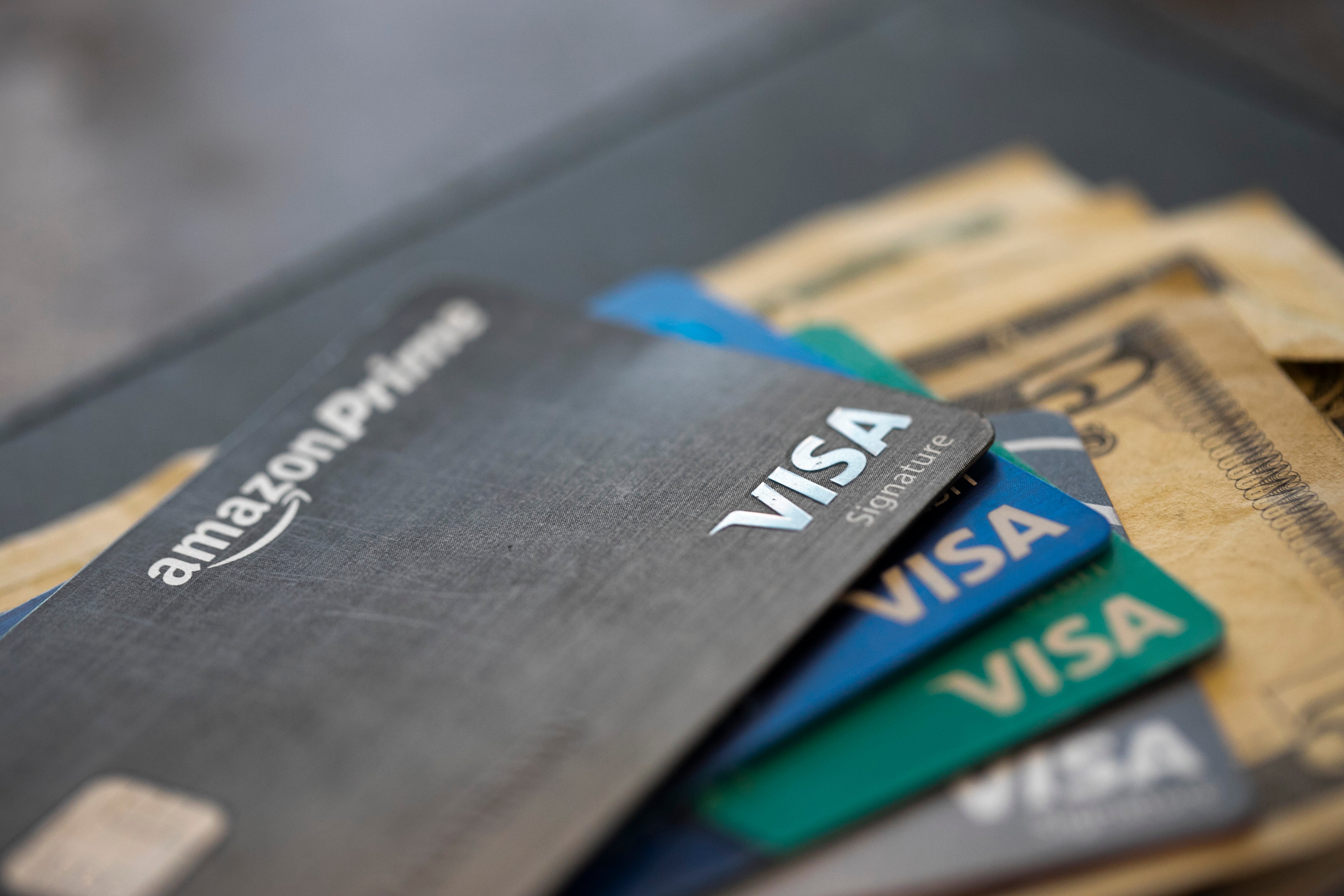Is inflation affecting travel points and miles?
Inflation has made the cash prices of flights and hotel stays skyrocket this year, but it’s having a surprising effect on a different currency — your airline miles and hotel points

After years of unusually low prices on airfare and vacation rentals during the pandemic, travel prices have taken off in 2022. And while travel price inflation has cooled with slowing demand and falling fuel prices this fall, it continues to affect travelers’ plans and budgets.
So with travel prices still well above their pre-pandemic levels, what does that mean for travelers’ hotel points and airline miles? Rewards programs regularly increase award prices , which are the number of points or miles needed to book a hotel night or flight. That practice devalues these currencies over time and renders customers’ collection of points and miles less useful. Yet, interestingly, the opposite effect seems to be happening this year.
REWARDS ARE WORTH MORE THIS YEAR
NerdWallet refreshed its annual analysis of points and miles programs and found something unexpected in a sea of bad inflation news: Many rewards programs’ points have become more valuable this year compared with the previous year.
American Airlines’ miles increased in value, from 1.2 cents per mile in 2021 to 1.5 cents in 2022. United Airlines’ miles jumped from 1 cent per mile to 1.2 cents per mile. In fact, almost every domestic airline’s miles either increased in value or stayed the same, year over year. This bucks the conventional wisdom among points and miles enthusiasts, who expect to see those values drop over time.
“Miles and points aren’t really a hedge against inflation, as the various programs and loyalty currencies are always devaluing based on business and economic trends,” said Tiffany Funk by email. Funk co-founded Point.me, a service that helps customers redeem their travel rewards. “But points can be a buffer against inflationary pressures in the short term.”
Put simply: Cash prices went way up this year and award prices (e.g., the number of miles needed to book a flight) also went up, but not as much. Airfares were 33% higher in September 2022 than that month in the year prior, according to the September Consumer Price Index report. Meanwhile, airline miles are valued only 8.7% higher on average than last year, according to the analysis from NerdWallet.
If cash prices tumble again, this effect of boosted points and miles values could get erased. But as long as prices remain high, travelers can nab outsized value from their points and miles — assuming they use them for high-value redemptions.
STATIC VS. DYNAMIC AWARD PRICES
In the old days of frequent flyer programs, a route would cost a given number of miles, regardless of the cash price. So a flight from Los Angeles to San Francisco would always cost, say, 5,000 miles. Yet the industry has trended away from the award chart approach toward dynamic award prices, which fluctuate to match the cash price. These programs generally offer less value when cash prices are high.
“The best redemptions when cash prices are high will be through programs that don’t tie their currency to the dollar,” Funk said.
Travelers should target programs like Hyatt, Wyndham or Alaska Airlines that still use an award chart to determine the cost of using points and miles. Conversely, Funk cited Southwest Airlines and JetBlue Airways as examples of programs that tie their rewards point values closely to the cash price of the flight.
“Instead, a program where the award prices are either determined in advance (with published charts) or are flexible/dynamic based on circumstances (load factors, revenue data, etc.) will be better bets,” she said.
Hyatt, for example, still maintains an award chart and saw its points increase in value from 1.9 cents to 2.8 cents from 2021 to 2022, according to the NerdWallet analysis. Marriott Bonvoy, which eliminated its award chart earlier this year, remained steady at 0.7 cent per point.
AWARD SPACE MIGHT BE HARDER TO FIND
Airlines continue to struggle with staffing difficulties and canceled flights, despite continued high demand. This means that planes are full, and that seats booked with miles are harder to come by.
“Historically, we’ve advised that extra award space often opens up a week or so prior to departure,” Funk said. “But right now, we’re seeing seats held until two to three hours prior to departure.”
Hotel rates, buoyed by strong demand and staffing shortages, have also put pressure on award redemptions. Most hotel programs use dynamic award prices that keep pace with cash prices, so finding bargain rates will remain a challenge.
In other words, hotel points and airline miles might be more valuable, relatively, but they could be harder to use. So, travelers should stay flexible when making plans.
_____________________________
This article was provided to The Associated Press by the personal finance website NerdWallet. Sam Kemmis is a writer at NerdWallet. Email: skemmis@nerdwallet.com.
RELATED LINK:
NerdWallet: How much are travel points and miles worth in 2022? https://bit.ly/nerdwallet-airline-miles-and-hotel-points-valuations
METHODOLOGY
NerdWallet conducted an analysis of 3,137 flight and hotel bookings across 2021 and 2022 — including both domestic and international locations — looking at cash prices, award prices, and associated taxes and fees. Airline data was broken down into three categories: bookings 15 days out, 180 days out and travel during the winter holiday season. Hotel data was broken down into two categories: bookings 15 days out and four months out. Hotel data also included hotels bucketed into three quality tiers of high, medium and low.
Bookmark popover
Removed from bookmarks